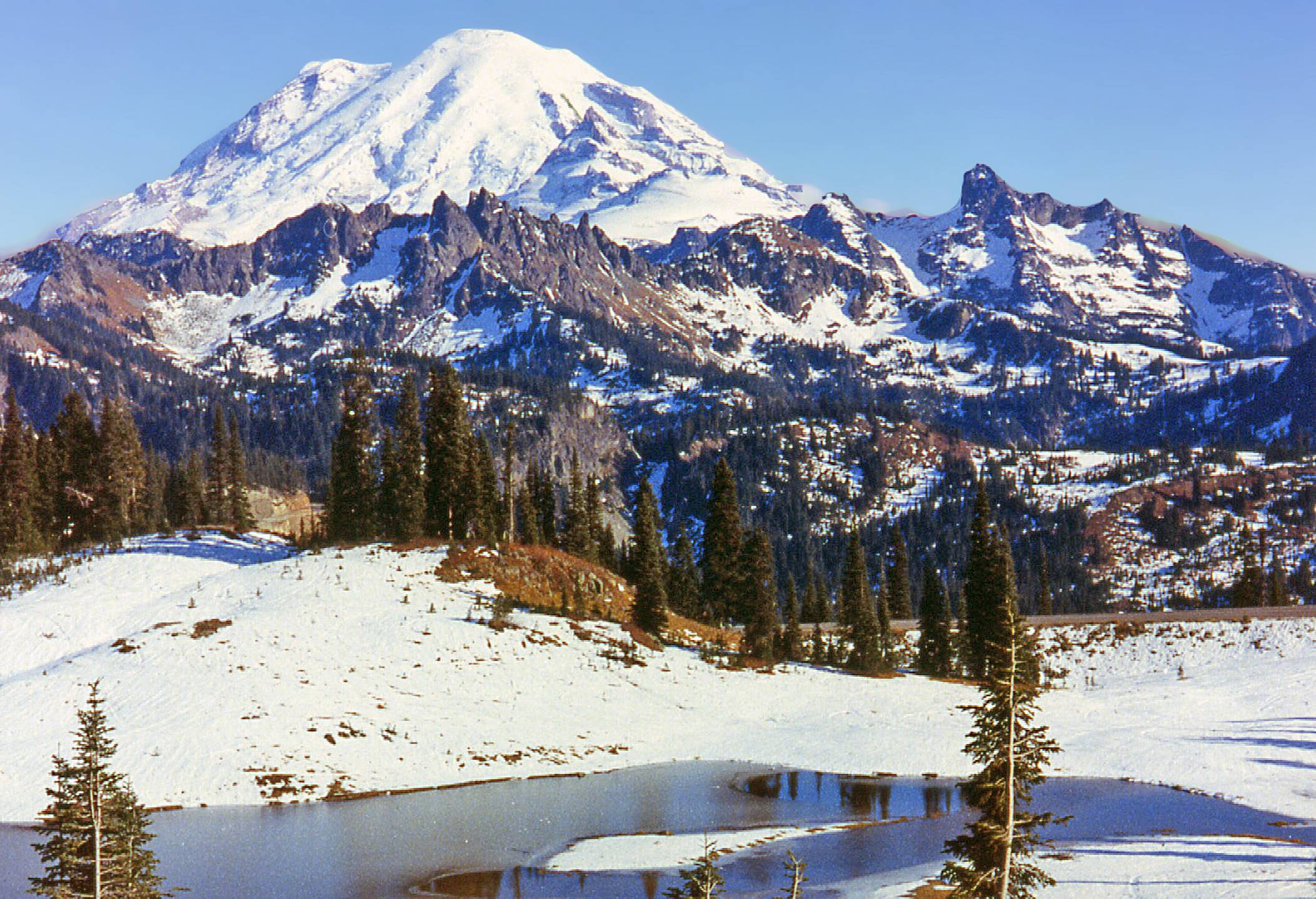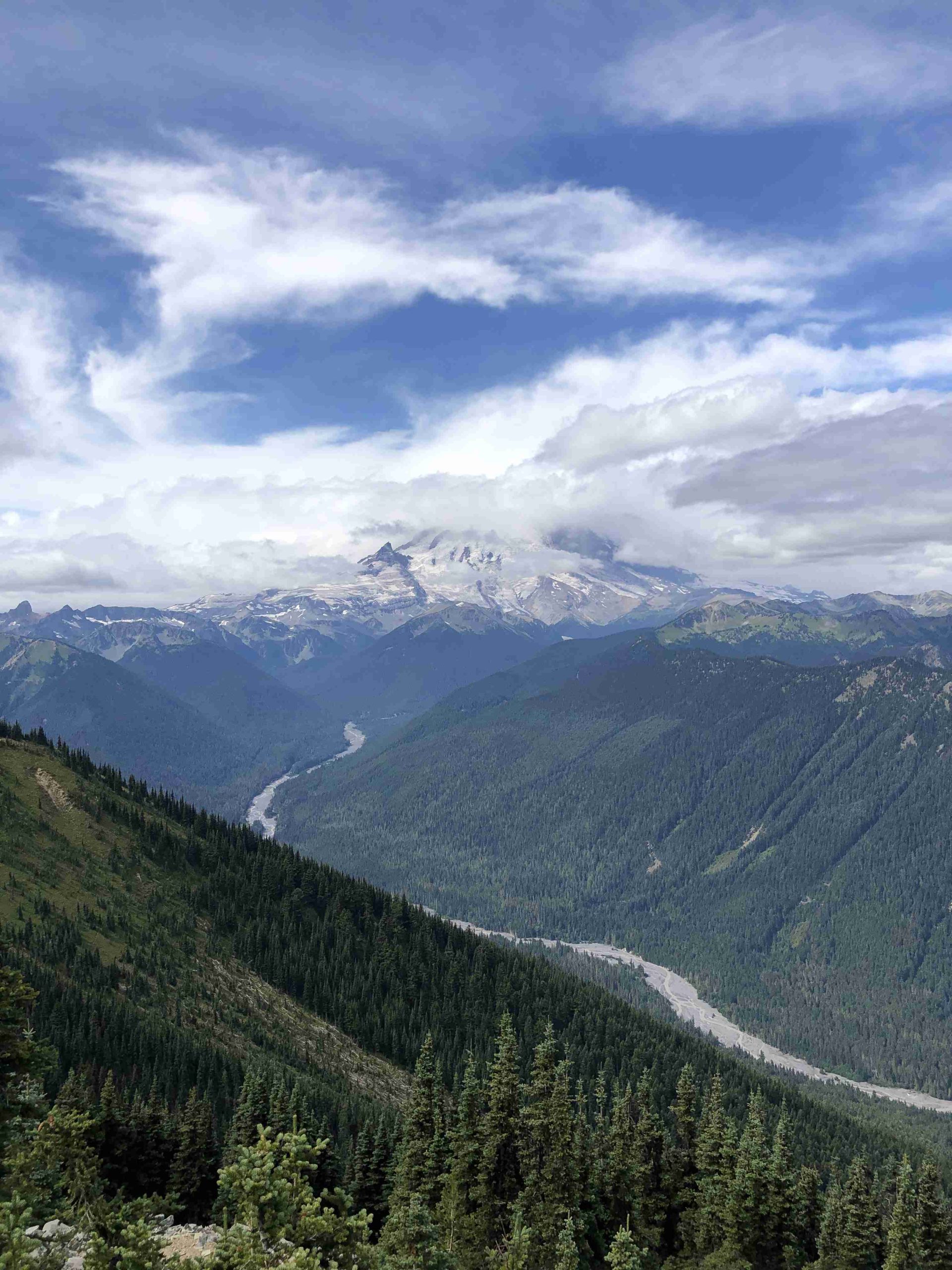Mount Rainier National Park is home to a diverse array of white single stem wildflowers. These delicate blooms can be found in various habitats, from low-elevation forests to subalpine meadows. Key features for identification include leaf shape, flower structure, and stem height. Common species include Columbian Wildflower, Sitka Valerian, and Mount Rainier Wood Nymph. This guide provides detailed information on identifying these unique wildflowers, their preferred habitats, and the best trails for observation.
What Are the Key Features for Identifying White Single Stem Wildflowers at Mount Rainier?

Identifying white single stem wildflowers at Mount Rainier requires attention to several key features:
- Leaf Shape: Many species have distinctive basal leaves that are lobed, toothed, or divided into leaflets. For example:
- Columbian Wildflower: Three toothed basal leaves
-
Sitka Valerian: Broad, kidney-shaped leaves on short stalks
-
Flower Structure: The white flowers can be simple or composite:
- Columbian Wildflower: Single white, five-petaled flower
-
Sitka Valerian: White hemispherical flowerhead
-
Stem Height: Heights vary significantly among species:
- Lousewort: 6-16 inches (15-40 cm)
- Some subalpine meadow species: Up to 5 feet (1.5 m)
Which White Single Stem Wildflower Species Can Be Found at Mount Rainier?

Mount Rainier is home to several white single stem wildflower species. Here’s a list of some common ones:
- Columbian Wildflower (Columbiadoron)
- Single white, five-petaled flower on a single stalk
- Three toothed basal leaves
-
Found in moist forests at low elevations
-
Sitka Valerian (Valeriana sitchensis)
- White hemispherical flowerhead
- Unbranched stems 6-16 inches (15-40 cm) long
- Broad, kidney-shaped leaves on short stalks
-
Common in meadows around Paradise
-
Mount Rainier Wood Nymph (Moneses uniflora)
- Single white flower with five petals on a short stem
- Oval to round leaves with a heart-shaped base
-
Found in wet meadows and bogs above 4,000 feet (1,200 m)
-
Western Pasque Flower (Anemone occidentalis)
- Single white flower with five petals, often with a pinkish tint
- Stems 6-16 inches (15-40 cm) long
- Mostly basal leaves
-
Common in subalpine meadows
-
Alaska Saxifrage (Saxifraga ferruginea)
- White flowers with five petals on branched flowering stems
- Stems 4-12 inches (10-30 cm) tall
- Mostly basal leaves
- Found in moist woods up to 4,000 feet (1,219 m)
Where Are the Best Trails and Locations for Observing White Single Stem Wildflowers?
To observe white single stem wildflowers at Mount Rainier, consider these trails and locations:
- Paradise Area
- Known for lush meadows
- Home to Sitka Valerian and Western Pasque Flower
-
Easily accessible with ample parking
-
Subalpine Meadows
- Areas above 4,000 feet (1,200 m)
- Good for spotting Mount Rainier Wood Nymph
-
Check trails along Westside Road
-
Lower Elevation Forests
- Ideal for species like Columbian Wildflower
- Focus on moist forests, particularly on the west side of the park
When planning your wildflower observation trip, keep in mind:
- Accessibility: Trails in the Paradise area are well-maintained and easily accessible. Higher elevation trails may require more strenuous hiking.
- Seasonal Considerations: Spring and early summer are the best times to see these wildflowers, as many bloom shortly after snowmelt.
What Guided Tours and Educational Programs Are Available for Wildflower Identification?
Several guided tours and educational programs can enhance your wildflower identification experience:
- Washington Trails Association (WTA) Guided Hikes
- Offers various guided hikes in Mount Rainier National Park
- Some hikes focus specifically on wildflower identification
-
Led by experienced guides
-
Mount Rainier National Park Ranger Programs
- Free ranger-led walks and talks
- Include wildflower identification
-
Provide valuable insights into the park’s flora
-
Flowers of Rainier Guided Tours
- Offers virtual and physical guides for wildflower hikes
- Includes maps and photo galleries
- Comprehensive resources for identifying various wildflowers
How Can I Prepare for a Wildflower Identification Trip to Mount Rainier?
To make the most of your wildflower identification trip to Mount Rainier, consider these preparation tips:
- Research and Study
- Familiarize yourself with common white single stem wildflower species
-
Learn key identifying features like leaf shape and flower structure
-
Timing is Key
- Plan your visit during peak blooming season (typically spring to early summer)
-
Check park updates for current wildflower conditions
-
Gear Up
- Bring a reliable field guide or wildflower identification app
- Pack a magnifying glass for examining small flower details
-
Wear appropriate hiking gear and comfortable shoes
-
Respect the Environment
- Stay on designated trails to protect fragile ecosystems
- Practice ‘Leave No Trace’ principles
-
Avoid picking or disturbing wildflowers
-
Join a Guided Tour
- Consider participating in a ranger-led program or guided hike
-
Benefit from expert knowledge and increase your chances of spotting rare species
-
Document Your Findings
- Bring a camera to photograph wildflowers for later identification
- Keep a journal to record your observations and locations
By following these tips and utilizing the resources available, you’ll be well-prepared to identify and appreciate the beautiful white single stem wildflowers of Mount Rainier National Park.
References:
1. National Park Service – Wildflowers – Forest – White
2. National Park Service – Subalpine Wildflowers – White
3. Flowers of Rainier – Wildflower Distribution in Mount Rainier National Park
